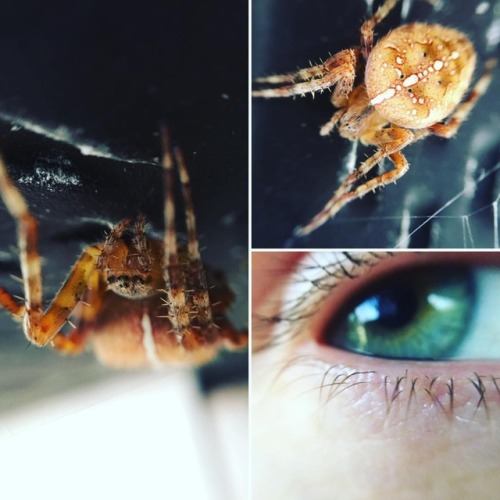
Engaging in those collaborative relationships and creative dynamics – the web sometimes becoming a musical instrument – is a way of attuning to others’ Umwelten, towards novel ways of living together.

The works’ titles feature the names, genus and species of the spider collaborators who came together to tune their strings, and the amount of time needed to shape and compose their three-dimensional webs.įrom these encounters, emerges a space where multitudes observe themselves in the very act of becoming a community: a spatial condition of physical immersion in an environment where stories of co-existence between humans and other species materialize. There, sensory worlds and lines of communication merge and connect, the web being considered an extension of the spider’s sensorial and cognitive systems. In this series, floating galaxies made of different silk and web types collide, challenging gravity and fostering the emergence of new kinds of vibrational environments. As different spiders from different species weave in the same space, bridging the architectures of each other’s webs, each one of them tells a story of hybrid relationships, entangling not only different arachnid webbed ecosystems, but also human and more-than-human worlds. Formed of complex interwoven networks suspended in air, the Hybrid Websunique architectures originate from inter-specific encounters between unrelated solitary, social and semi-social spider species. Invertebrate animals (insects and spiders) are critical elements of our shared and entangled ecologies: among other things, insects are responsible for pollination of mainstay crops, decomposition of organic material (creating the humus that is an essential component of fungal, bacterial and life cycles), and also providing a critical food source for birds and other higher order animals.Įssentially - the death of insects would trigger a catastrophic ripple effect in the ecologies and systems that support life on Earth what scientists have called a “bottom-up trophic cascade”, whose knock-on effects would be disastrous for both plant and animal life. An insect armageddon would be catastrophic for human and other forms of life.

A number of scientists have argued that we are now bearing witness to the dawn of a sixth mass extinction. However, according to recent data, insect populations are declining at a rate of 2.5% per year - suggesting that they might be extinct by the end of the century. It is often hard to reconcile the idea of extinction with creatures that seem so abundant. Insect life far outweighs human life: insects make up half of the 2 gigatons of animal life on this planet.

Collective mapping allows us to access new scales and new points of view through which to collaboratively think through concepts of multispecies care, extinction, and the possibilities for living together in catastrophic times. In these counter-cartographies, mapping is engaged as a means of visualising and raising awareness of spider/web habitats as constitutive elements of broader, more-than-human ecologies. Recognising the history of mapping practices in establishing geopolitical divisions and boundaries that exclude and reinforce hierarchical distributions of power and claims to land and natural resources, we imagine these as spider/web counter-cartographies, an attempt to tell the neglected histories of spider/webs. Through this shared activity, we hope to map spider/web species richness and diversity within the multispecies ecologies that we share. In the context of the global decline in invertebrate (insect and spider) populations and species diversity, we invite you to join us in a collaborative mapping exercise: to notice and become sensitive to spider/web eccologies.


 0 kommentar(er)
0 kommentar(er)
